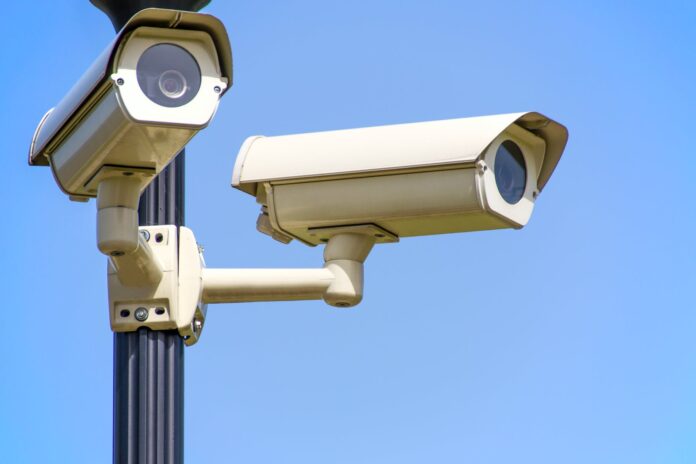
In today’s high-tech business environment, cameras are everywhere. Consumers and merchants use and encounter many video recording and surveillance units every day. Some eyes are more obvious than others, including cameras used for shoplifting prevention, office protection, law enforcement, employee identification, production line efficiency, and more.
For organizations in every industry, the use of video equipment to both record and observe in real-time has become indispensable in recent years. Nowadays, it’s hard for a customer or worker to enter a place of business and not be on camera. What are the most common ways owners use cameras to enhance security and profit margins? Here are specifics about how today’s companies use camera technology in the workplace.
Warehouses
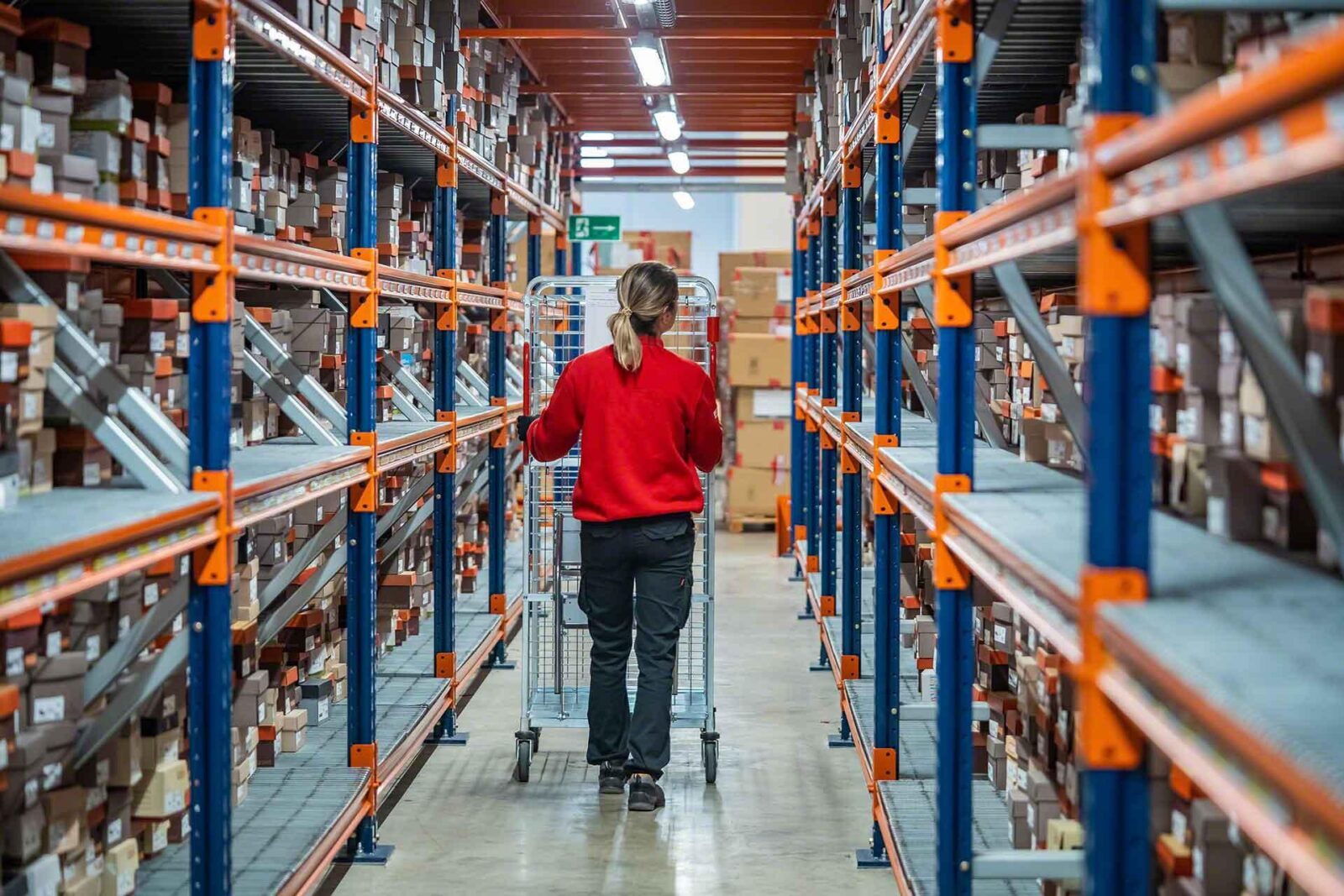
For decades, warehouse security has been a challenge for the many corporations that store vast amounts of inventory, keep valuable equipment on hand, and own their storage facilities. Around-the-clock human security teams are expensive and not always reliable. Older versions of video technology were not up to the task. In the 2020s, all that has changed.
Businesses use minimal human guard staff for massive warehouse facilities. How do they accomplish so much with so few people? The one-word answer is cameras. Some of the largest warehouses operate 24/7 and do so by employing a handful of guards and hundreds of video eyes. Humans monitor multiple feeds from one or two central offices and watch for suspicious activity.
Transport Fleets
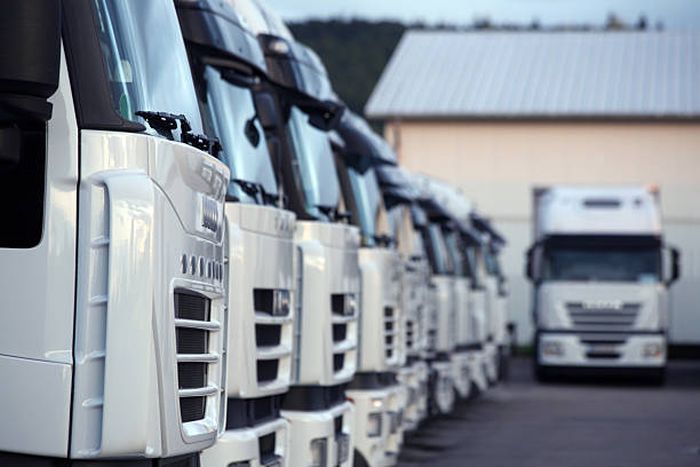
For businesses in the transport sector, camera technology is a way of life. Not only are AI dash cams part of the standard equipment on trucks, but the high-tech units deliver a vast amount of data to the home base. In addition to pinpointing vehicle location via onboard GPS devices, fleet programs use AI-enhanced cams on dashboards to record driver behavior, route changes, road conditions, weather, and much more.
You can learn more about how AI dash cams work and what kinds of information they bring to the table. At Samsara’s main website, Samsara.com, visitors can gain insight into how something as small and inconspicuous as a dash-mounted camera can help fleets run on time, operate safely, and track shipments in real-time across thousands of miles.
Offices

If you take a stroll through an office these days, you’re likely to spot at least a half-dozen wall-mounted video devices. Some are high-tech cams that include motion-sensitive monitors, while others are permanently affixed to aim in one direction. Why are they there? In the first place, they cost little. They’re also easy to install and monitor. As a default, many supervisors place several units in any workspace where humans access computers and company owned equipment.
Not only do mounted systems like this work to prevent theft and property damage, but they’re also an excellent way to let employees know that someone is always watching. Whether that’s a positive or negative factor is a subject of hot debate. In modern office culture, camera-based surveillance is part of the standard corporate scenery.
Data Rooms
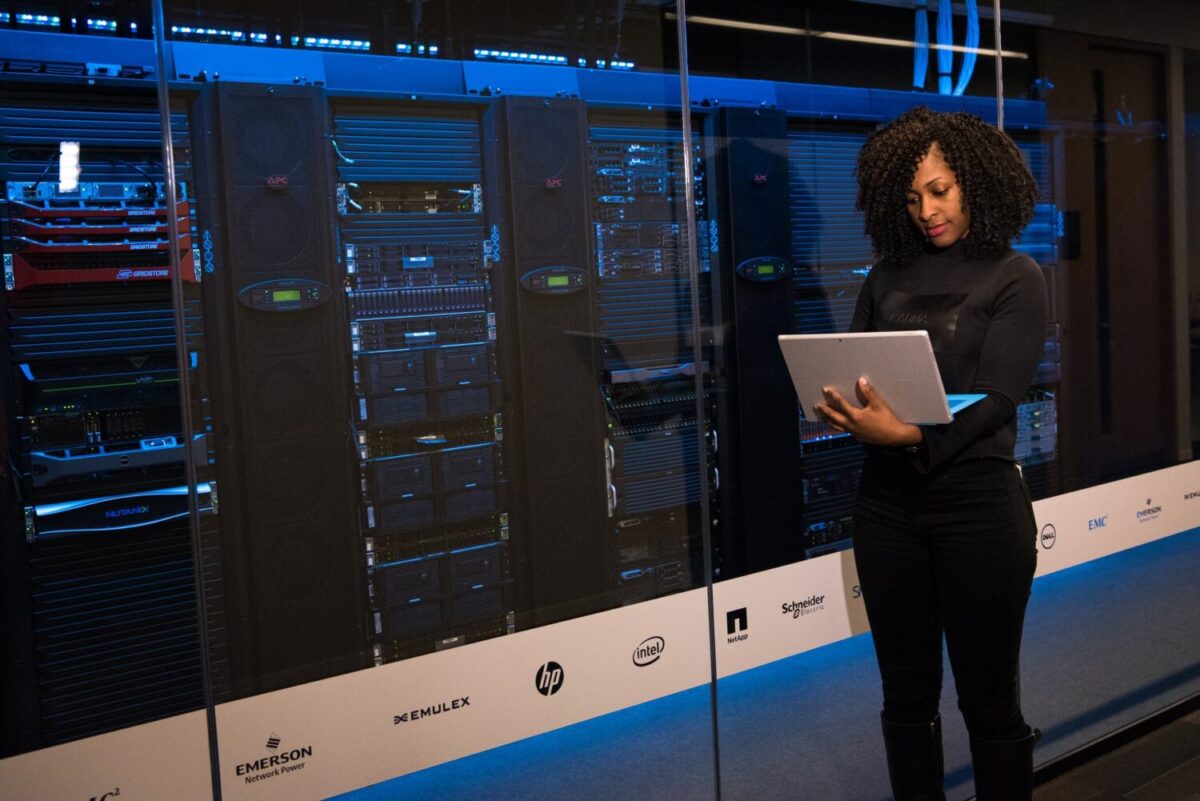
Businesses that maintain their computer servers need to control access to the areas carefully. The job entails using camera intensive oversight, security devices that scan workers’ biometric data, and 24/7 monitoring or room activity. Whether or not an organization is part of the IT industry, data rooms are at the heart of corporate security.
Some of the world’s largest corporations use more cameras in their data rooms than in any other physical area of the company. Video equipment is relatively inexpensive and thus makes an excellent choice, in addition to human guards, as a protective layer of safety to prevent unauthorized access to data collection and storage centers.
Production Lines
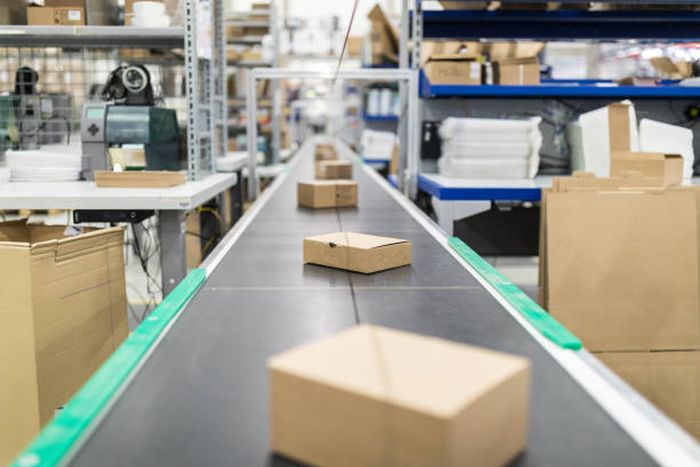
One of the earliest video technology uses was to study worker efficiency on assembly lines. Scientists employed time and motion studies more than a century ago to arrive at the most efficient work methods. In the modern era, when such technology is inexpensive and much more sophisticated, it’s routine for manufacturers to install multiple camera units on every production line the company operates.
Owners can glean plenty of valuable data from the recordings, including an in-depth understanding of worker behavior, problems with mechanical processes, potential issues related to theft and sabotage. For instance, in the automotive industry, every phase of the assembly process is meticulously filmed and recorded. That includes both close up and standard shots of every worker’s activity while on the job.
Buildings and Grounds
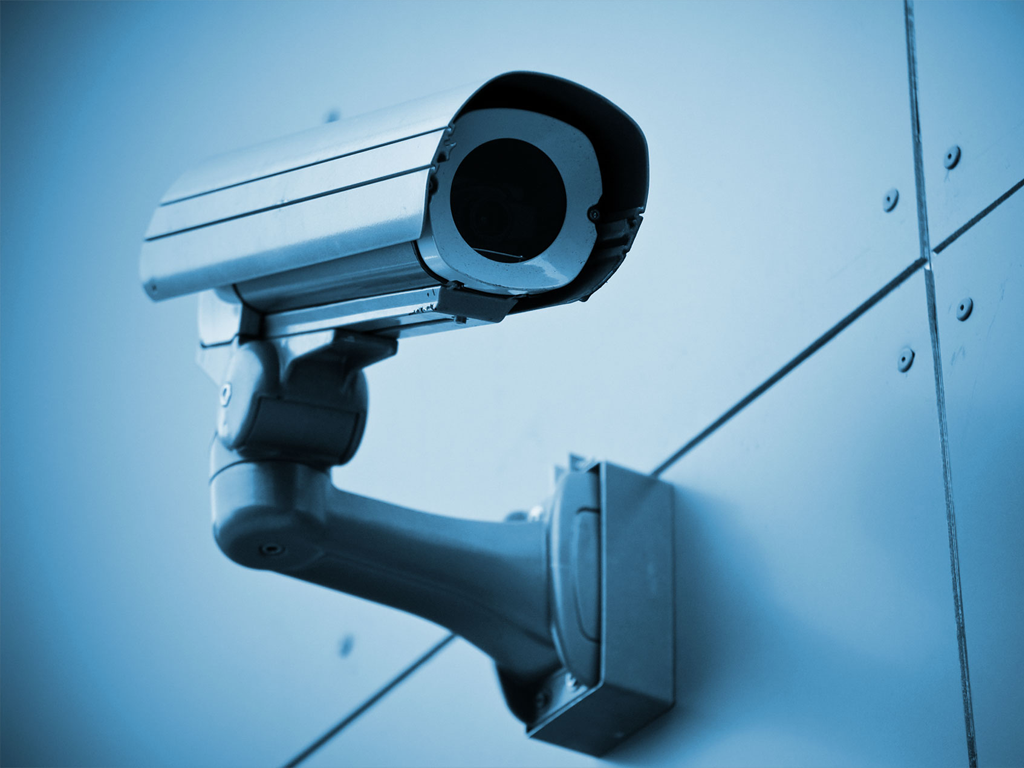
It’s easy enough to see how owners choose to protect the outside of their buildings and their physical grounds. Walk around the exterior of any department store, pharmacy, or restaurant, and you’re bound to see numerous electronic eyes affixed to high points on buildings, fences, walls, poles, and parking structures.
Usually monitored by nearby teams, the devices are there for one reason: to observe and record activity outside of the office. Outside units are especially vital for entities with large campuses, multiple parking lots, several buildings, numerous open areas, and on-site utility stations.
Security Teams

Whether a business uses in-house or outsources security, most guards wear body cams to record every relevant encounter with others. Law enforcement agencies use this kind of technology to prevent frivolous lawsuits and gather official records of potential crimes.
A business’s guard staff often wears video recording units on both the front and back of uniforms. This 360-degree view allows for maximum safety and data collection. Corporate teams use the devices for many of the same reasons.
Fortunately, body cams are inexpensive and deliver a wealth of information for real-time and later viewing by executive teams. Businesses susceptible to sabotage, arson, and property destruction by criminals can help keep workers and customers safe by maintaining a group of guards who wear recording devices at all times.
Virtual Meetings

There would be no virtual meetings or telecommuting without cameras. Meeting rooms in offices now come equipped with several high-end devices as a matter of course. Home-based workers use their own in-computer video devices to participate in group meetings and one-on-one sessions with supervisors.
















